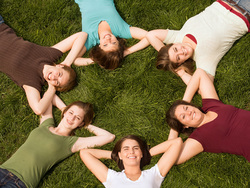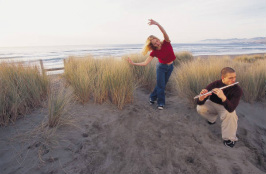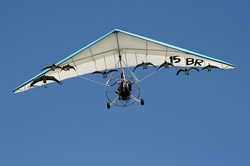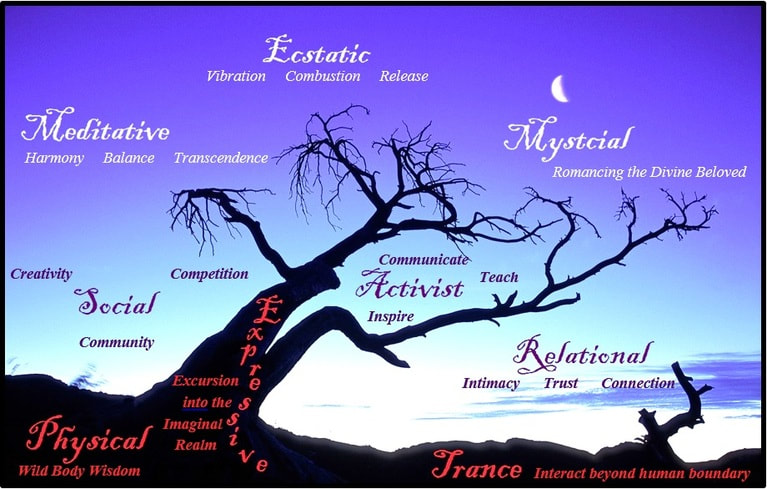
I first want to send you my prayers and wishes for the health and safety of you and your country. I am sure that this is a difficult time for everyone and that emotions are running high everywhere. To care for survivors of trauma in a war-torn environment, our own self-care and personal awareness is an important part of being sustainable in our work. I think that being able to create an atmosphere of safety and stability for others depends on our ability to cultivate within ourselves a mindful and grounded response to the chaos in the environment. I believe that children can sense when an adult is capable of offering the gift of genuine, gentle support. When they feel confident that they can lean into that presence, they can begin their own healing process.
Here are a few suggestions I would have for expressive therapy groups:
- I would encourage the children to use art to explore various feelings through image, color, and shapes using activities such as Number 13, "Feeling Code Collage," Number 14, "Cooling My Hotspots," or Number 30, "Layers of Feelings." These activities could also be modified using movement and music, where the children would enact the feelings (as well as the relieving response in the "Cooling My Hotspots" activity) one at a time or simultaneously in the group. These offer children the opportunity to express feelings nonverbally and possibly access their emotions in a profound way. Feelings that become locked or stuck inside after traumatic experiences can lead to behavioral problems later, so addressing them soon afterwards is an important way for children to begin to integrate their experiences.
- I would also suggest using music, movement, and art that is uplifting and celebratory of some cultural theme, such as holidays, religious songs, or folkloric dancing. There is a lovely film called "War Dance" (http://www.youtube.com/watch?v=UATS5K9IZT0) in which children are able to use a national dance competition to redirect their grief and champion their own tragic histories through expression of joy and celebration.
- Expressive therapies are also a great way to provide opportunities for the children to grieve the losses and destruction they have witnessed. For instance, making cards or writing letters for someone who has passed away or for someone who has lost a family member or had their home destroyed. Perhaps the children can design a ceremony to honor the lives that have been lost or express their prayers or wishes for the restoration and healing of the wounds, such as a creating a prayer flag, tying wishes to a tree, making sculptures of people or places that they want to memorialize, and releasing balloons, planting flowers, or lighting candles in memory of loved ones. These projects are ways of empowering the children to express their desires for order and stability.
- Group activity Number 18, "Good and Bad Mandalas" is a great activity also for encouraging the children to be able to accept the complexity of the world around them, and hopefully integrate the awareness that life can have both good and bad aspects.
- Some of the children may have flashbacks or recurring dreams or nightmares about painful events in their lives. Those images can be depicted in artwork to help them to gain a sense of distance and control of the event. After the children have expressed their feelings about those events, they can even re-imagine the event with added positive figures, such as a powerful protector who arrives on the scene to prevent the tragedy from happening or comfort the victims. Even though it is only imagination, being able to envision a more tolerable version of the event can offer hope and courage.
- Free art and free play is a great way to determine if and how a children has integrated their experiences. Children can be invited to invent stories about a character (such as an animal) who faces a very difficult challenge and overcomes the challenge with personal powers and assistance from allies. If a child repeats themes of disaster, failure, and death, I believe it is important to accept their stories and mirror their choices with caring and sensitivity. I have sometimes asked children if they can imagine any power that would be able to help their character avoid disaster, and I have offered suggestions such as angels or superheroes. If they insist that nothing could have prevented the disaster, then I join the child in expressing feelings about the event, whether sadness, anger, or disappointed acceptance. Allow the child to repeat themes and stories as long as they are needed, since I believe it is the witnessing power of a caring observer that allows the child to slowly digest the story until it can evolve on its own.
I hope these ideas are helpful. I also want to refer you to a website of a colleague of mine, The ArtReach Foundation (http://artreachfoundation.org/) that specializes in the use of expressive therapies in persons affected by war trauma.
I wish you the best and thank you for the wonderful work you are doing with those whom you serve. blessings and peace, Gloria




 RSS Feed
RSS Feed
